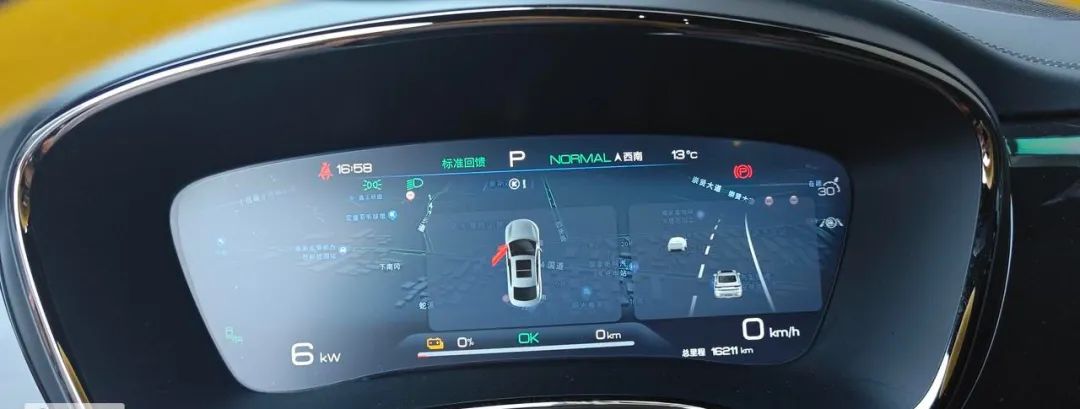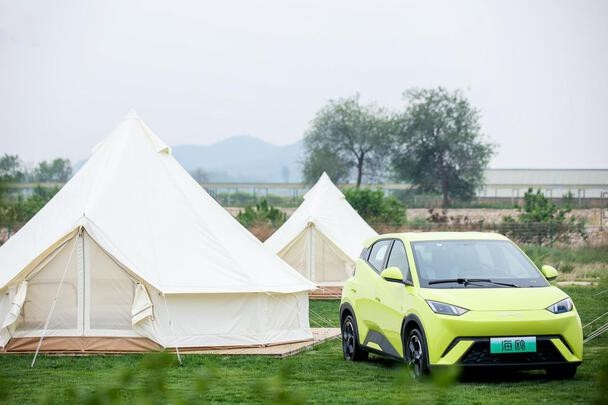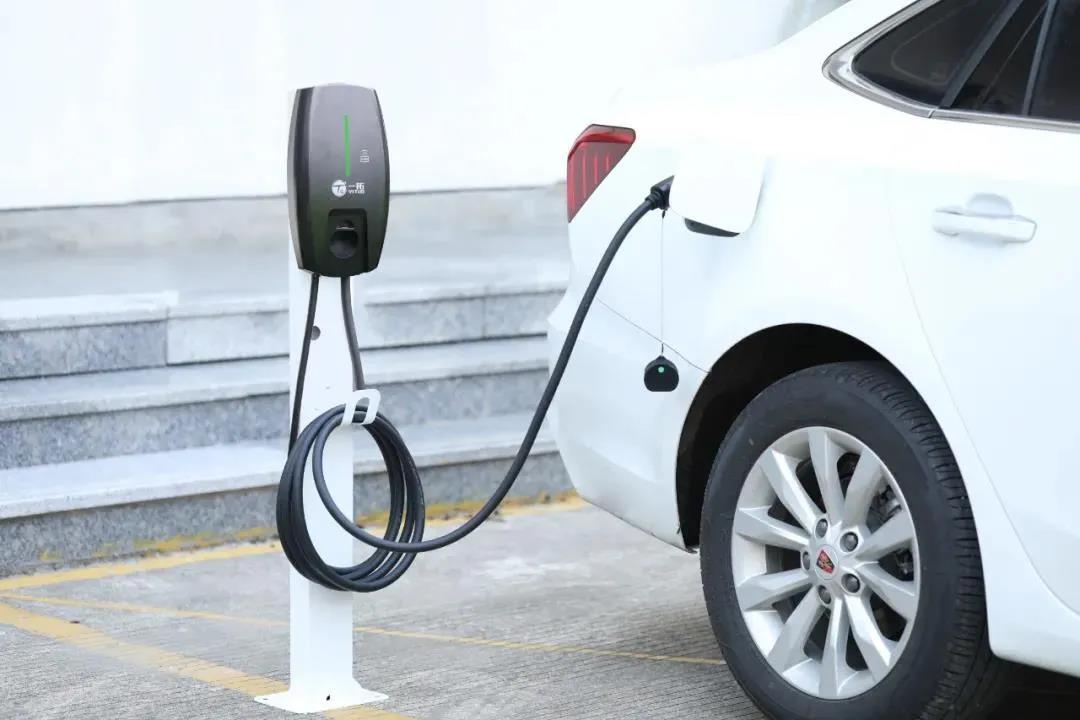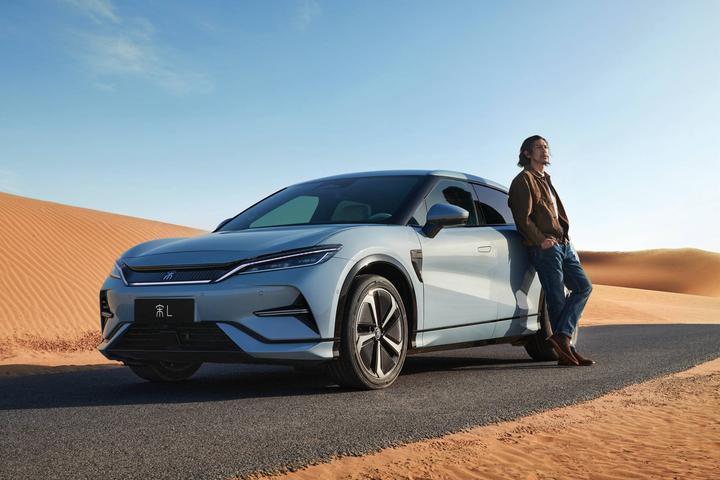New Energy BYD Seal DM-i vs. Fuel Vehicle Accord
As is well known, joint venture brands have always been the main force in the mid size car market, especially early localized models such as the Honda Accord, which have accumulated a good user base over the years. However, in just November, the retail penetration rate of new energy passenger vehicles in China reached 40.4%, and independent brand products led by BYD Seal DM-i 1.5L continued to make efforts, taking a share of the red ocean. Today, let's compare and see which one has better product strength between the two.
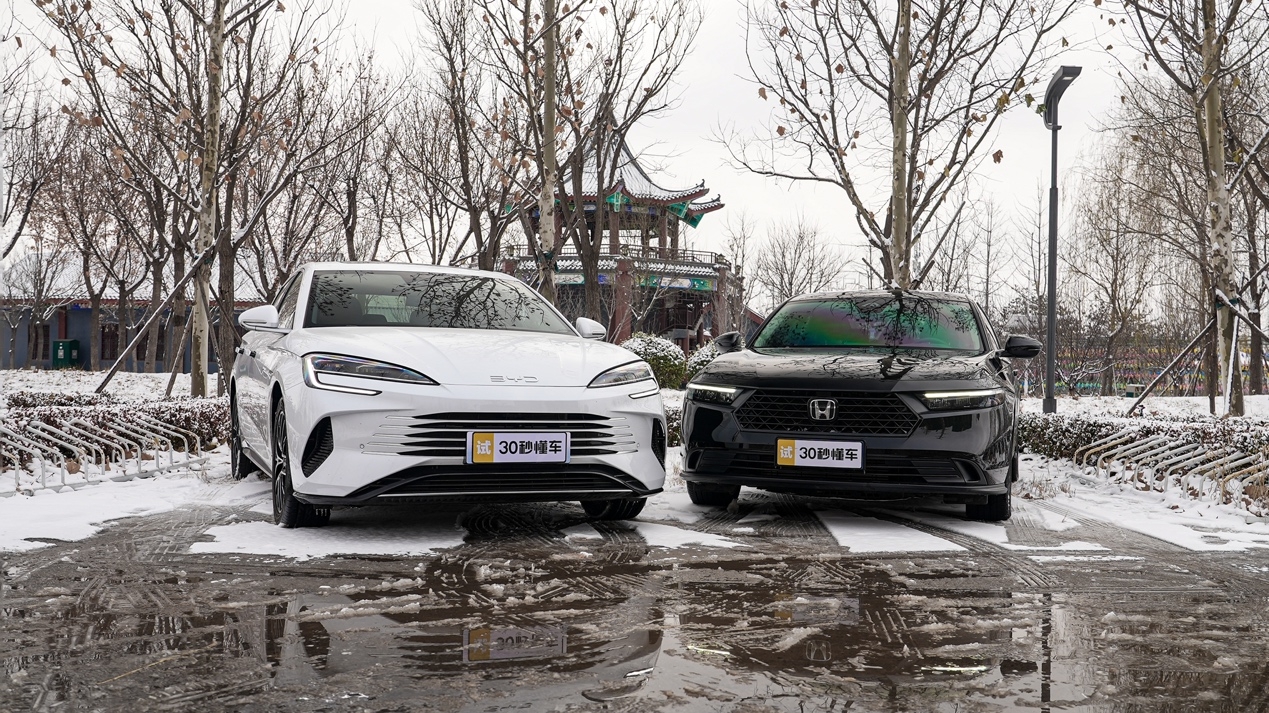
Firstly, when purchasing a car, "appearance", "enjoyment", "driving", "intelligence", and "economy" have always been the key considerations for consumers. Perhaps the aesthetic dimension is subjective and difficult to compare, but the last four items can be distinguished through a series of tests. The so-called "enjoyment" refers to riding comfort. When the same tester adjusts the front row of the vehicle to a comfortable sitting position, the legroom in both rear rows of the vehicle is 310mm.
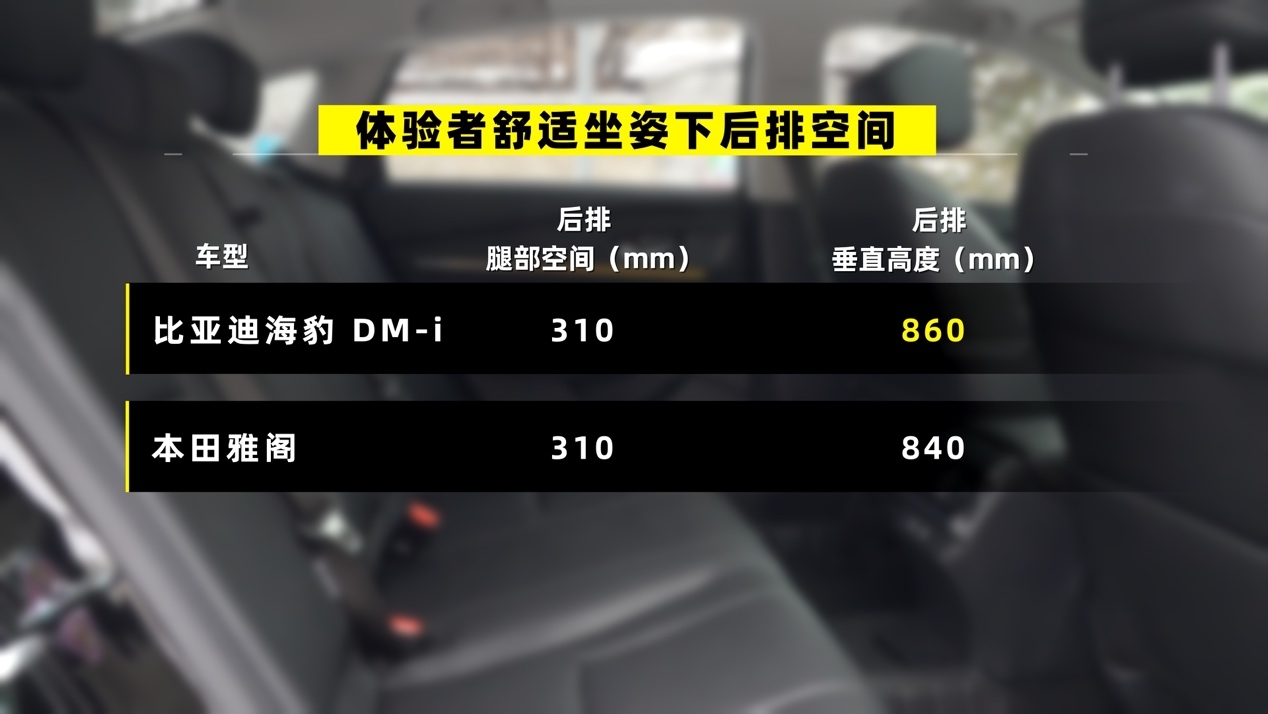
However, it should be noted that the seal DM-i 1.5L rear seat cushion has been extended, resulting in better support. Not only that, the new platform empowers the Seal DM-i 1.5L with a nearly flat rear floor, while the Accord has a bulge, resulting in a significant difference in body feel for passengers sitting in the center.

In terms of driving, both models have demonstrated excellent tuning results. However, when passing speed bumps, the Seal DM-i 1.5L is more effective in resolving vertical impacts, and the water in the measuring cup does not fluctuate slightly, while there is a small amount of water spilled during the Accord challenge. Furthermore, it is worth mentioning that the Seal DM-i 1.5L adopts a rear five link independent suspension, which can bring an ideal position for the caster angle, improving smoothness and comfort during daily acceleration and deceleration.
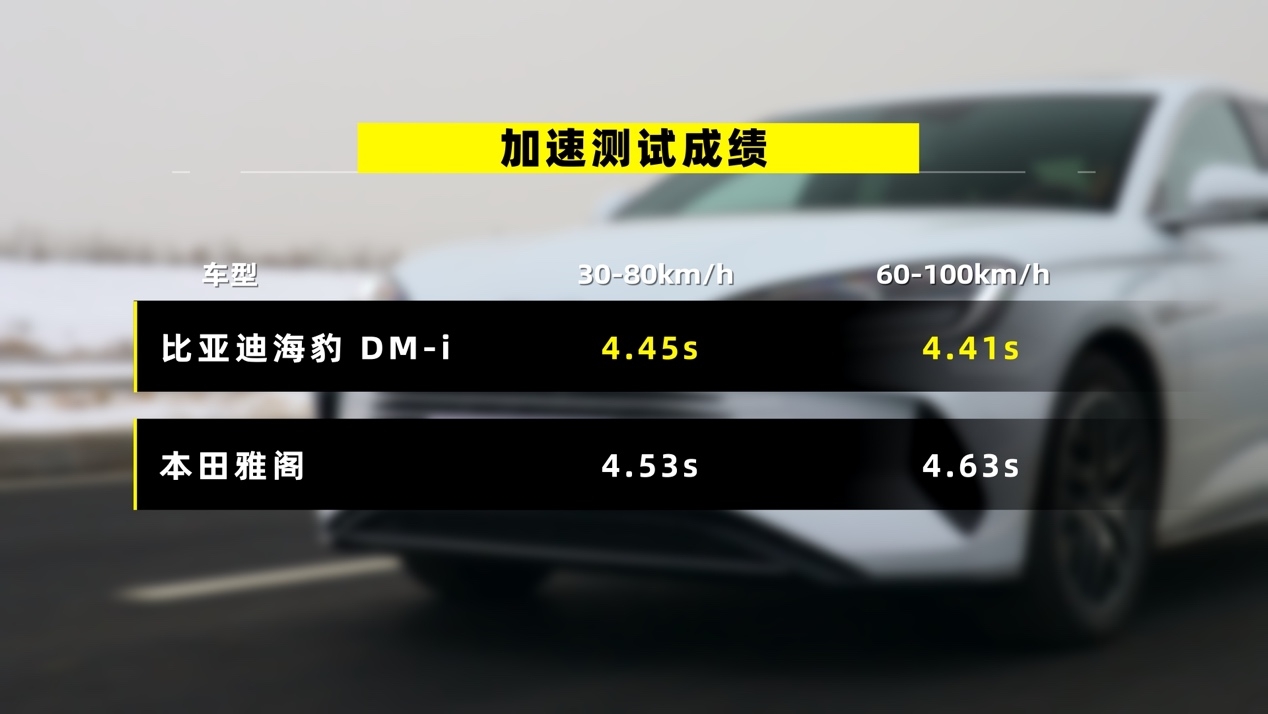
In the acceleration test, the Seal DM-i 1.5L achieved a time of 4.45 seconds in the 30km/h-80km/h test due to its instantaneous burst of motor torque, while it only took 4.41 seconds to run at 60km/h-100km/h, leading the Accord's 4.53 seconds and 4.63 seconds respectively. Of course, this result is also reasonable. The seal DM-i 1.5L is equipped with a drive motor with a maximum torque of 325N · m, which is higher than the Accord's 1.5T engine. With the addition of an electric motor, it can easily achieve 0-100 km/h acceleration in 8 seconds.
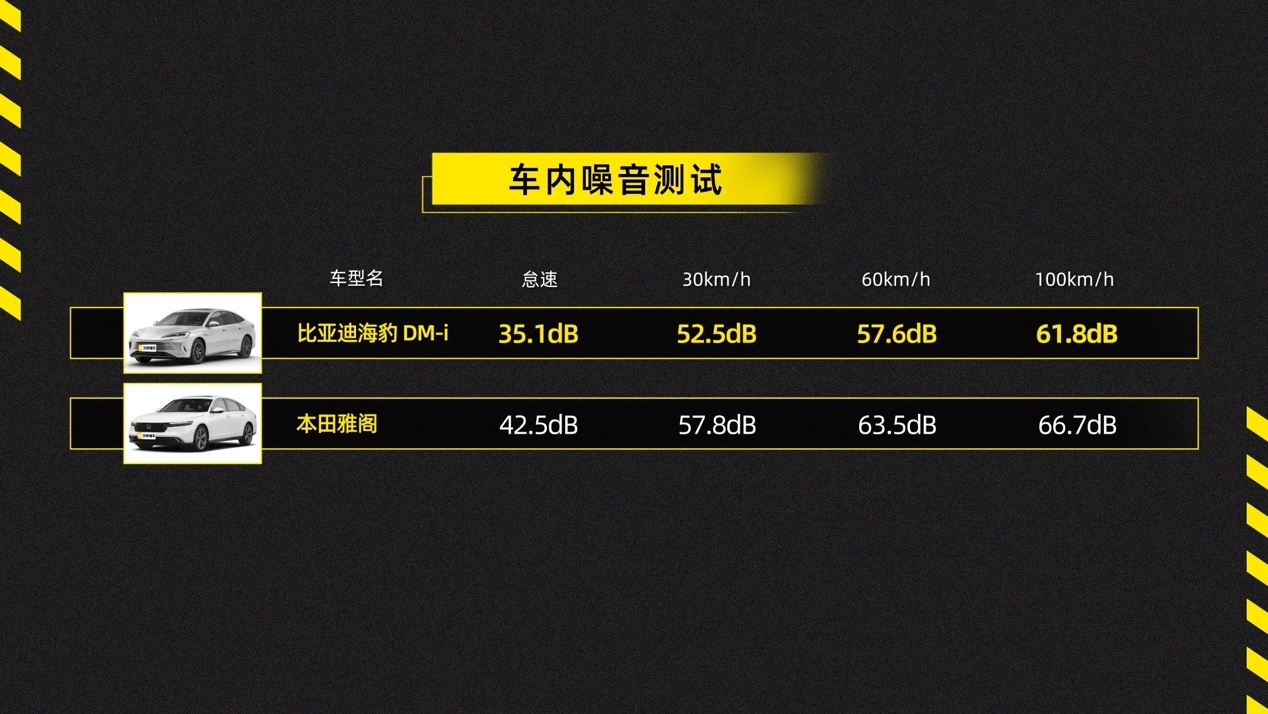
Strong performance is one aspect, while quietness is equally important. For this purpose, we conducted decibel meter measurements on two vehicles at idle speed, 30km/h, 60km/h, and 100km/h, respectively. Due to the super hybrid system of the Seal DM-i 1.5L, which is closer to "electric transmission" in most working conditions, the fuel engine is not fully operational, and the use of double-layer soundproof glass in the front row, the final test results show that the Seal DM-i 1.5L has the best noise suppression in both medium and high-speed conditions.

Domestic brand models have always made great achievements in intelligence, while most joint venture brands are striving to catch up. In this comparison, Accord's voice interaction has greatly improved in command execution tolerance and accuracy, but still does not support continuous command recognition, so the overall efficiency is not as high as the Seal DM-i 1.5L. As for the car infotainment aspect, the Accord supports Apple CarPlay and Baidu CarLife, and the overall usage effect is not inferior to BYD Seal's DiLink 4.0.
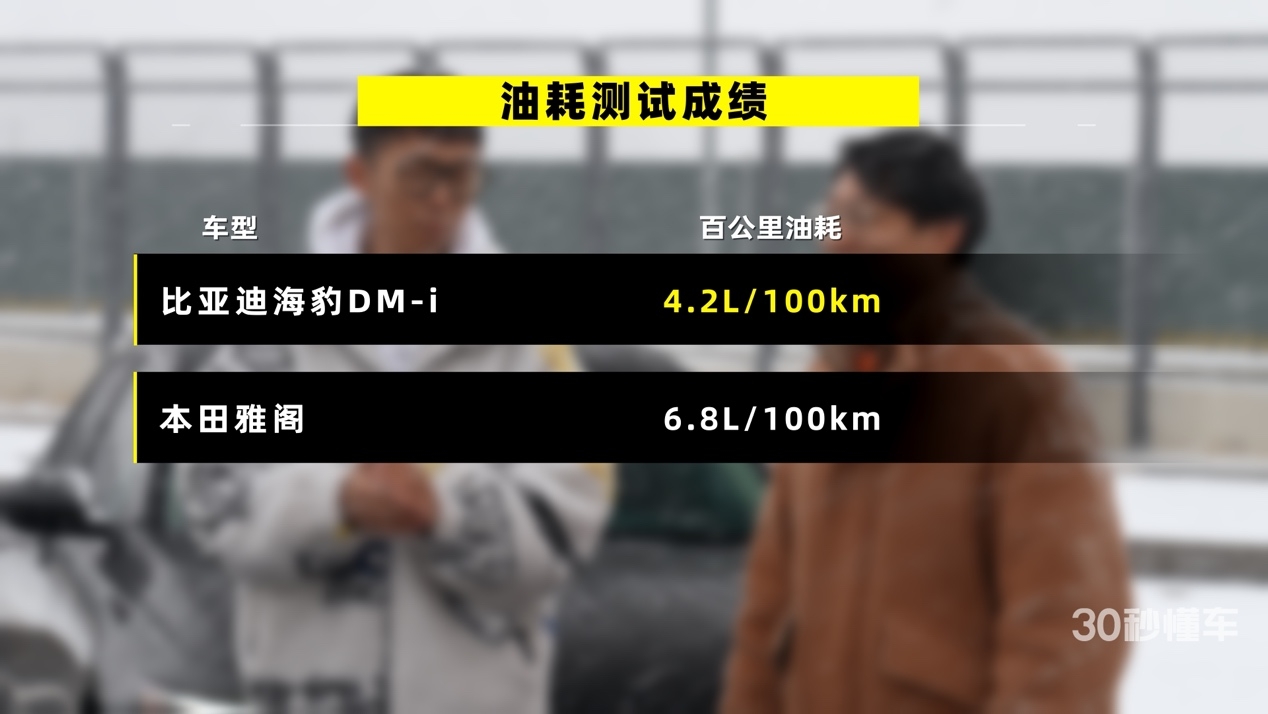
Finally, in the comparison section of "province", we chose a 50km fuel consumption test. To ensure fairness in comparison, the pre test battery of the Seal DM-i was depleted and the HEV mode was selected for comparison. The entire test route involves 30% urban road sections and 70% highways, with air conditioning set to 27 ° AUTO. Due to strong snowfall and low temperatures on that day, the average fuel consumption of the Seal DM-i 1.5L was measured to be 4.2L/100km, and the average fuel consumption of the Accord was 6.8L/100km.
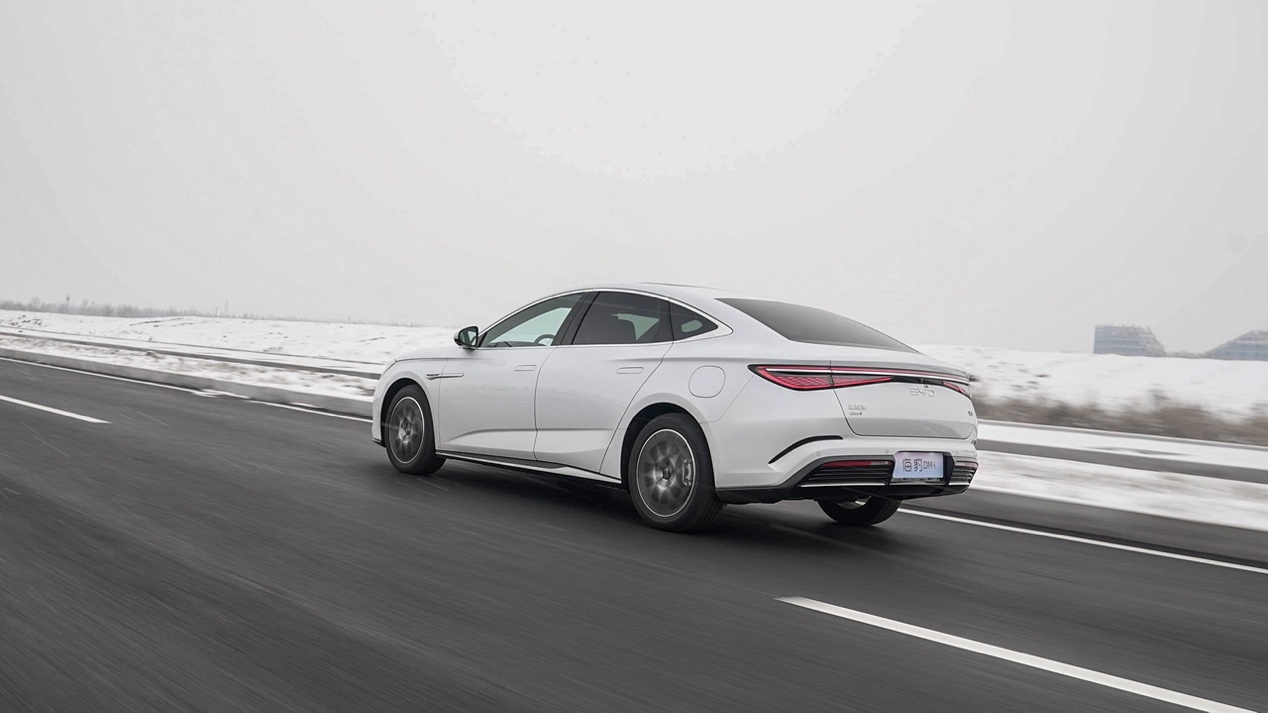
Overall, in terms of "enjoyment", "driving", "intelligence", "economy" and other dimensions, the BYD Seal DM-i 1.5L, as a latecomer, has significant advantages compared to the traditional joint venture model Honda Accord. At the same time, it also enjoys year-end welfare policies such as a deduction of 7000 yuan from 2000 yuan and a down payment of 33% with zero interest for three years. From this perspective, in the current automotive market, choosing the "old style" is not easy to make mistakes, but often the "new style" can bring greater surprises.
The above is the full content of New Energy BYD Seal DM-i vs. Fuel Vehicle Accord

